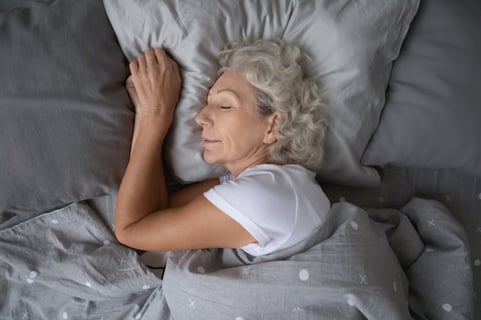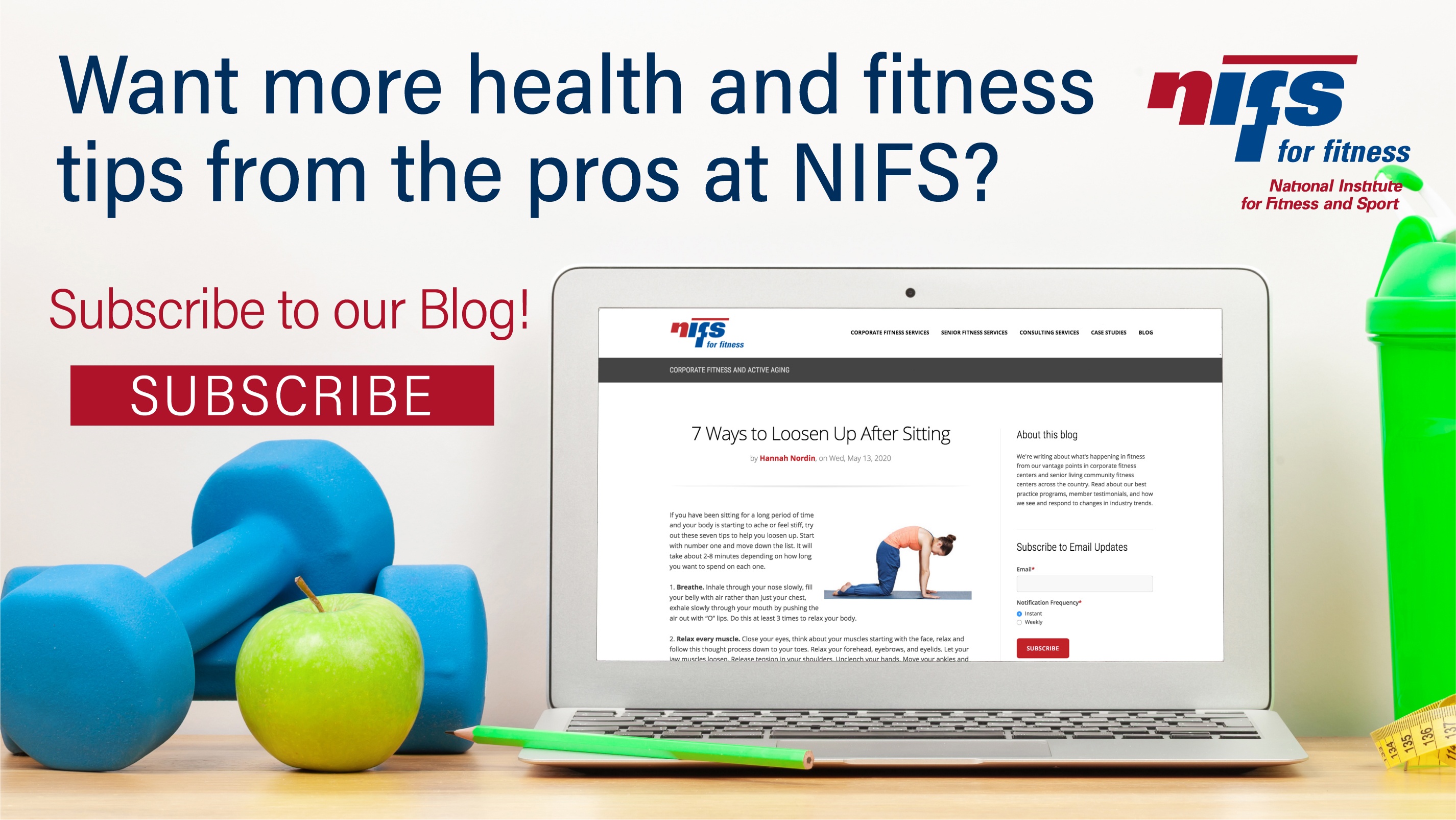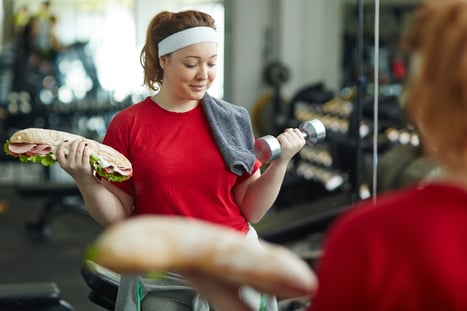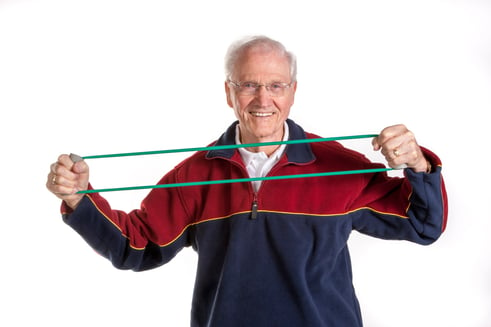 Popularized by James Clear in Atomic Habits, habit stacking involves pairing a desired action with something you already do daily. Examples of routine actions include waking up, brushing your teeth, or putting on your shoes. By adding a desirable action directly before or after these existing habits, it becomes easier to incorporate into your life.
Popularized by James Clear in Atomic Habits, habit stacking involves pairing a desired action with something you already do daily. Examples of routine actions include waking up, brushing your teeth, or putting on your shoes. By adding a desirable action directly before or after these existing habits, it becomes easier to incorporate into your life.
Sounds simple enough, right? However, a bit of planning will help, especially if we take advantage of a natural motivator: dopamine.
Dopamine is a hormone and neurotransmitter involved in several body functions. Here, we’ll focus on its role in the reward system, or pleasure feedback loop. This system is designed to reinforce positive behaviors. When we perform an action that brings a positive feeling, our brain releases dopamine, making it more likely we’ll repeat that action.
Let’s dive into the strategy and how you can use it to replace a habit you don’t like with a more desirable action.
Example 1: Attach Your Desired Action to an Everyday Task
At the end of each workday, you may check your email, turn off your computer, and pack up your bag. To kickstart a fitness habit, try adding “put on gym shoes” as the last step. In the beginning, you don’t even need to go to the gym afterward—just build the habit of putting on those shoes. Once this becomes routine, you’re ready for the next step!
Example 2: Link a Desirable Action with a Less Helpful Habit
If you tend to eat unhealthy snacks and watch too much TV in the evenings, try replacing this with a new habit. Schedule cooking dinner first, making it a necessary step before you unwind with screen time. Cooking requires a bit of effort, but it comes with a built-in reward: a tasty meal! Plus, stacking a desirable action with a habit that triggers dopamine can help phase out the less desirable habit over time.
Example 3: Build on Your Routine with Additional Desirable Actions
After a few days of swapping work shoes for gym shoes, add a walk past your fitness center on your way to the car. With the reward system in full effect, you can keep adding steps to your routine. Soon, finishing your workday with a workout will feel natural.
Habit stacking is a powerful, practical way to transform your routine and achieve lasting change. By linking desired actions to existing habits and utilizing the brain’s natural reward system, you can create a pathway to your goals that feels both manageable and motivating.
Start small, stay consistent, and allow each new habit to build on the last. With time, effort, and the right mindset, you’ll develop routines that serve you well, benefiting both your body and your mind.
Habit Stacking with the Holiday Hustle
The Holiday Hustle program is a perfect example of habit stacking in action. The three core tasks—taking 50,000 steps per week, drinking 64 ounces of water daily, and carving out 5 minutes for yourself—are simple habits that can be linked to your existing routines. For example:
- Take steps during your lunch break or while making evening phone calls.
- Drink a glass of water with every meal or coffee break.
- Practice mindfulness or relaxation for 5 minutes right before bed or after brushing your teeth.
Once these habits become part of your daily rhythm, you can build on them by adding more healthy actions, like stretching after your walks, incorporating a morning gratitude journal, or prepping balanced meals for the week. The Holiday Hustle sets a strong foundation for your well-being, helping you maintain your health through the busy season and beyond.
Why wait until New Year’s to start building better habits? Start your habit stacking today and take the first steps toward a healthier, more fulfilling lifestyle!

 Sleep is an essential need that the human body requires. It is vital for the infrastructure of good health. Not getting enough sleep can have a great effect on the body physically and mentally.
Sleep is an essential need that the human body requires. It is vital for the infrastructure of good health. Not getting enough sleep can have a great effect on the body physically and mentally. 
 When we think of aging, some think about wrinkles, aches, and pains and the negative associations of the aging process. Yet there is so much more to aging! No, we cannot stop the aging process, but we can choose to live a healthy lifestyle. This is the time to do things you have never done and find enjoyment. Here are just a few things to consider when aging gracefully and living your best life!
When we think of aging, some think about wrinkles, aches, and pains and the negative associations of the aging process. Yet there is so much more to aging! No, we cannot stop the aging process, but we can choose to live a healthy lifestyle. This is the time to do things you have never done and find enjoyment. Here are just a few things to consider when aging gracefully and living your best life!
.jpg?width=450&name=Face%20with%20Sticky%20Notes%20GettyImages-453539161%20(1).jpg)

 Precontemplation
Precontemplation
 Active Aging Week
Active Aging Week